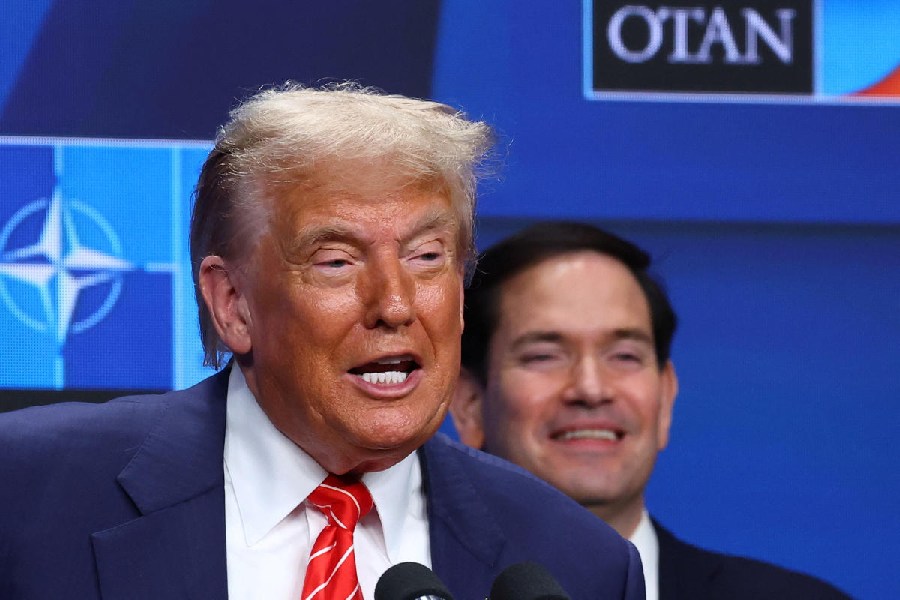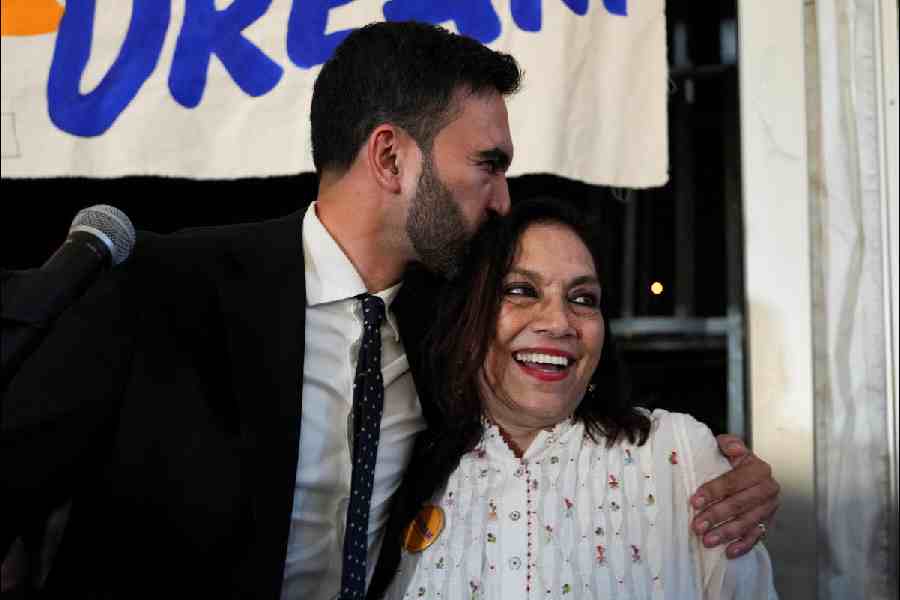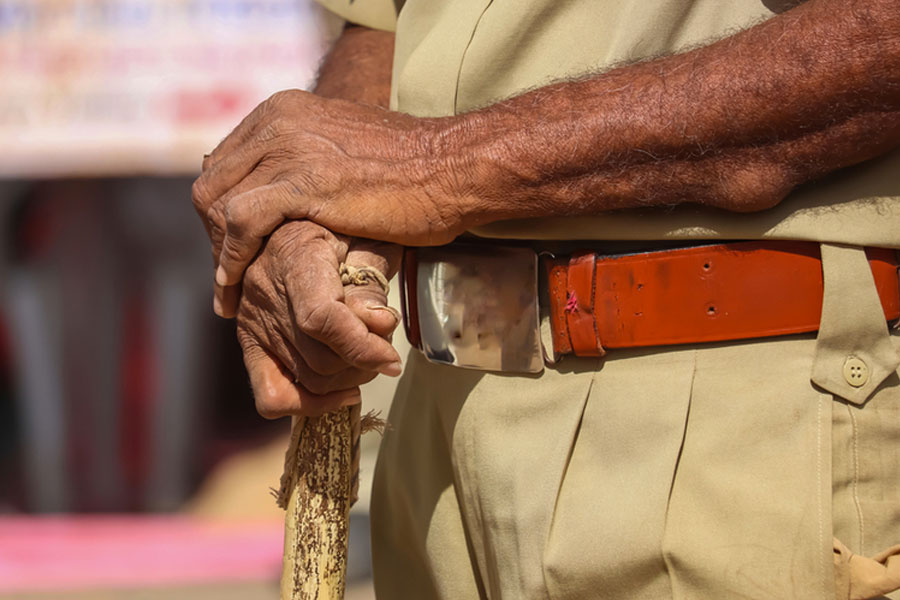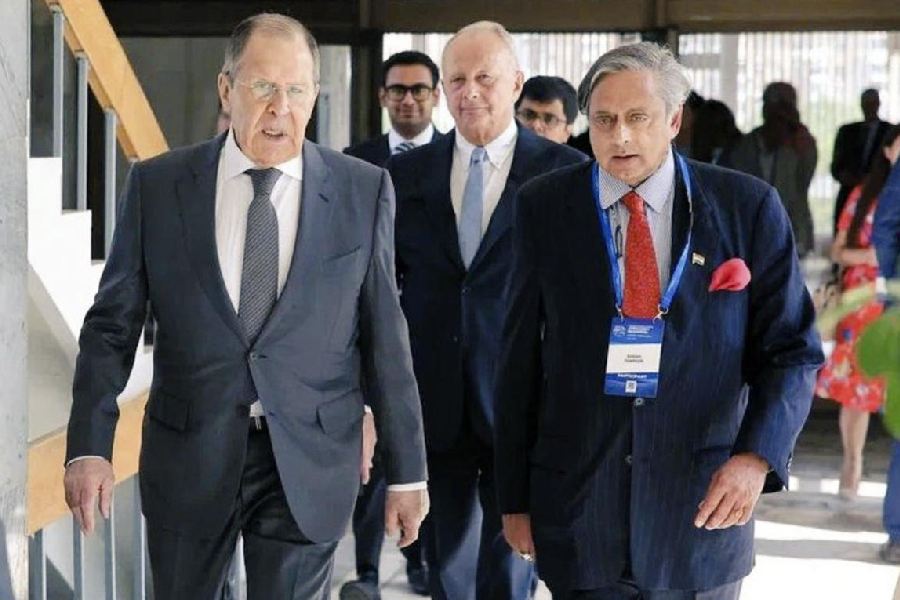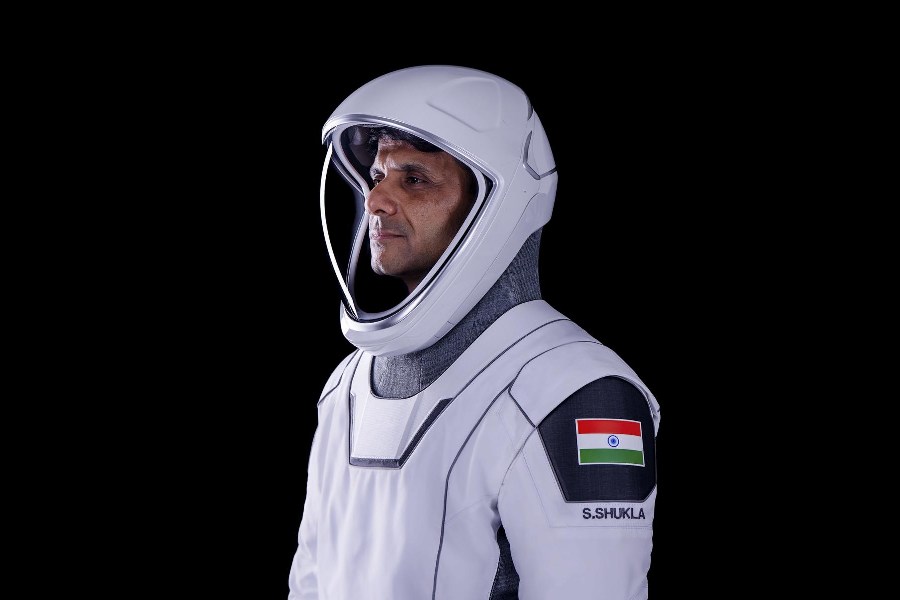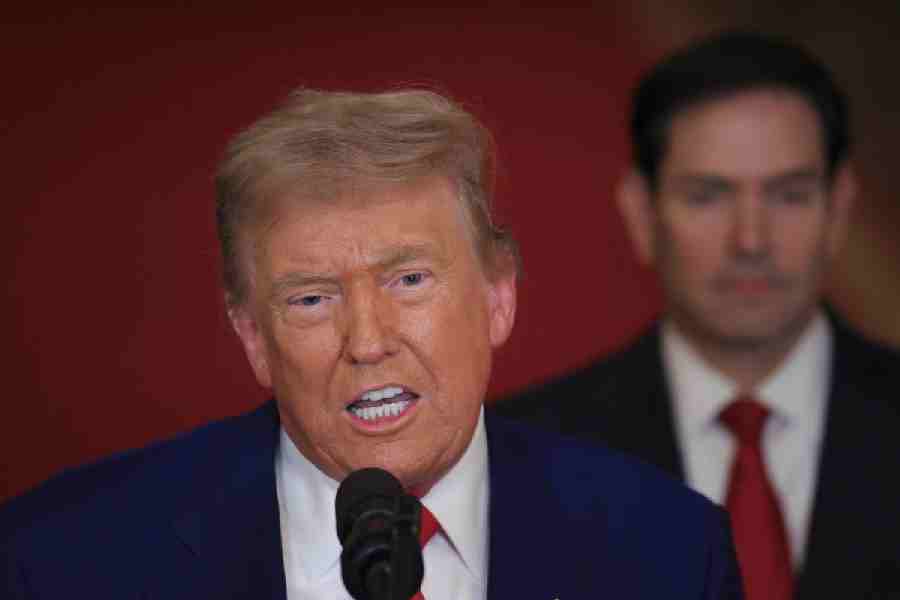 |
| Narendra Modi at the BJP headquarters during his felicitation in New Delhi on Thursday. Picture by Rajesh Kumar |
New Delhi, Dec. 27: In 1995, when Atal Bihari Vajpayee was declared the BJP’s PM candidate, it was a decision taken by the top-most echelons of the RSS “parivar”, by “sarsanghachalak” Rajendra Singh (Rajju Bhaiyya) and his close aides in the Sangh, L.K. Advani and Vishwa Hindu Parishad chief Ashok Singhal. Back then, the VHP, that had powered Advani’s Ayodhya temple chariot, was an integral part of decision-making.
Not many knew that the late Rajju Bhaiyya, a Rajput from Allahabad, was profoundly influenced by socialist leader and former Prime Minister Chandra Shekhar. Fellow Rajput Chandra Shekhar, also from Uttar Pradesh, urged him to go for Vajpayee and not Advani as the BJP’s frontline leader because of Vajpayee’s acceptability quotient. Rajju Bhaiyya listened to him.
But, it was a choice the BJP initially couldn’t digest because the cadres assumed that Advani, the Ayodhya “hero”, would be the natural occupant of 7 Race Course Road.
This evening, when the Gujarat chief minister Narendra Modi addressed the BJP workers in the 11 Ashoka Road headquarter, it seemed the cadres and the second and third-rung leaders and functionaries had made up their minds that the Modi moment had arrived: if they had their way, he was their PM candidate for the 2014 elections.
Modi, in the Capital on his first visit after winning Gujarat, wound up his day in his old abode on Ashoka Road. For nearly five years in the late 90s, he lived in a sparsely furnished room, ate in a common mess and worked as a “prabhari” (minder) of some northern states. Few, if any, imagined he would be anointed as a chief minister, much less record two successful innings. As for being a prospective PM, the thought wouldn’t have crossed anyone’s mind.
The posters that sprung up outside the central office, the cheers, drumbeats and the cracker showers, and the crowds that thronged an open space on the complex reflected the BJP’s mood down the line. “Let our rootless leaders squabble at the top. We have signalled to them and to the RSS that if the party is to come back to power, it would be only under Modi’s leadership,” an Andhra Pradesh leader said, as his colleagues from the other states, gathered in a room before Modi arrived, clapped.
Describing him as a “loha purush”, the posters said: “He has won Gujarat, now he will win India for us” and “Every person is saying the same thing, the central government should be like the Gujarat government.”
Modi’s mug dwarfed those of the other leaders excepting Vajpayee. One had only him and Vajpayee, with the caption, “Best PM is Vajpayee, Next PM is Modi.”
As Modi appeared on the dais with BJP president Nitin Gadkari, it appeared as though the Gandhinagar clamour for him as “PM, PM, PM” had travelled to the Delhi BJP. The gathering of BJP workers from the Capital, Haryana and western Uttar Pradesh sported headbands with Modi’s picture. “He’s bigger than the BJP,” said a former youth wing official, who had queued up with two dozen others to felicitate Modi.
Modi played it safe. He barely hinted at his national ambition, and if there was a hint, it had to be decoded in a speech that nobody in the “parivar” could fault him on, so keen was he to prove that he was a “loyal servant” of the organisation and not the master of the universe.
To the restive crowd, chanting “PM, PM” and waiting to hear about the much-anticipated shift to Delhi, he said: “As a BJP worker, I will fulfil whatever responsibility I am given. But, I shall do it to the best of my ability so that the lakhs of workers, who repose their faith in me, can look proudly at their own country and at the world.”
Modi said: “India and a lot of other countries are watching Gujarat closely. Many dignitaries, including leaders of political parties, have come to Gujarat. They were brief by government officials. I invite you to come and see the Gujarat governance model and compare it with Delhi’s. If there are flaws, please point these out.”


